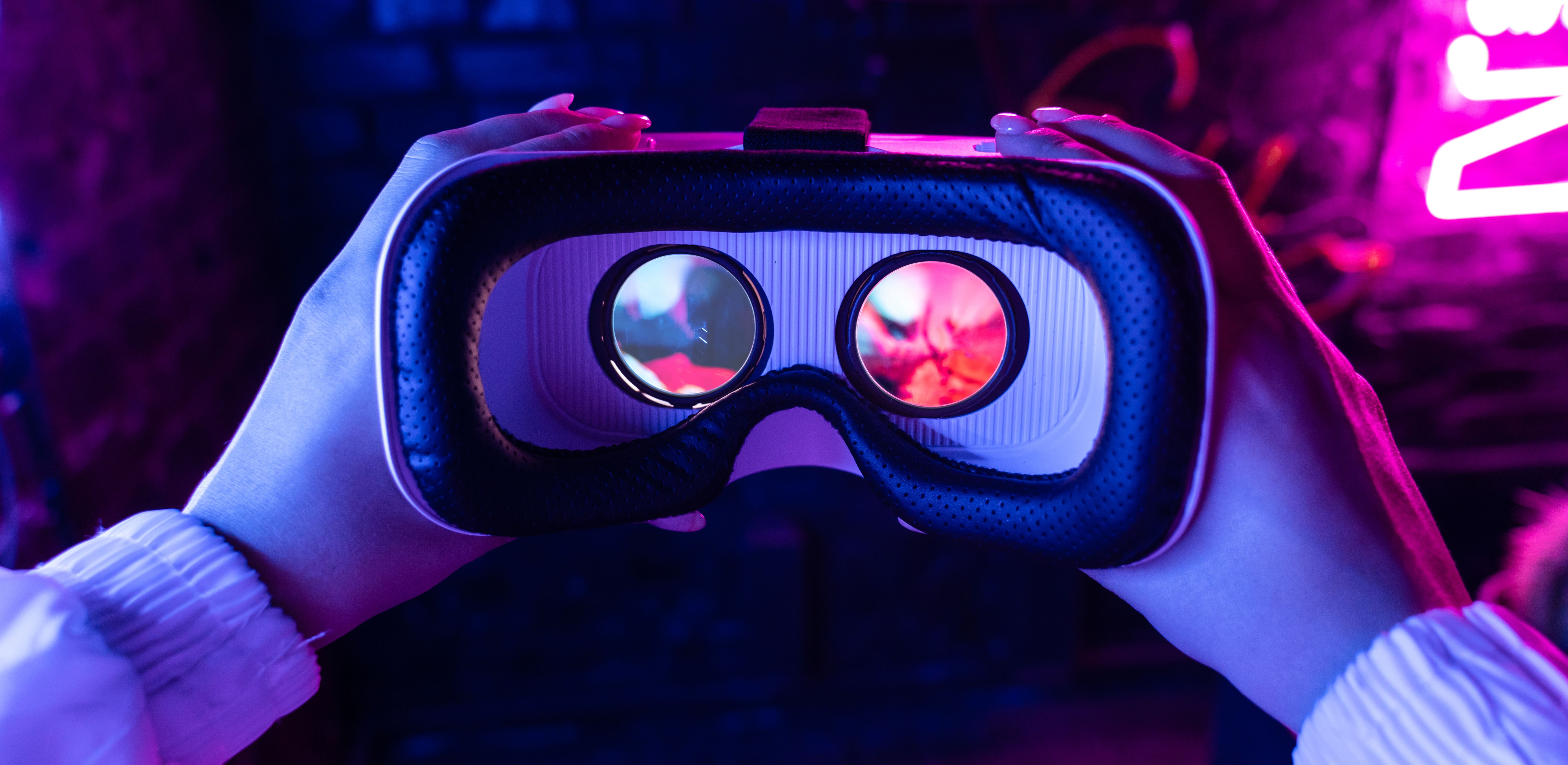News
Article
Virtual Reality Is a Game-Changer During Blood Draws for Pediatric Patients With SMA
Author(s):
In honor of Spinal Muscular Atrophy (SMA) Awareness Month, Abraham Homer, MS, the gaming technology supervisor and creative technologist at Children's Hospital Colorado, shared how virtual reality transformed care for patients with SMA.
This article was originally published in NeurologyLive® and has been lightly edited.
Young patients living with spinal muscular atrophy (SMA) face numerous challenges every day due to their condition. SMA, a genetic disorder that affects the motor neurons in the spinal cord, leads to muscle weakness and atrophy, making even simple tasks a struggle. Among the various medical procedures these patients must undergo, blood draws are particularly daunting. However, recent advancements in technology, particularly virtual reality (VR), have provided a significant relief, transforming these challenging procedures into more positive experiences.
VR can reduce fear and anxiety associated with drawing blood in patients with SMA | image credit: insta_photos - stock.adobe.com

For patients with SMA, blood draws are more than just a minor inconvenience. SMA weakens the muscles, making it difficult to find veins, and the fear of pain or discomfort can heighten anxiety, making the procedure even more challenging. Moreover, repeated blood draws can become psychologically distressing, leading to heightened fear and stress every time the procedure is required. For these patients, this anxiety was once a major obstacle, casting a shadow over their necessary medical care.
In recent years, VR has emerged as an innovative tool in the medical field, offering immersive experiences that can distract patients from pain and anxiety. For patients with SMA, VR can become a lifeline during blood draws. By wearing a VR headset, patients are transported into a different world—one filled with adventure, wonder, and excitement. Instead of focusing on the needle or the sensation of the blood draw, patients can lose themselves in a game, explore a virtual environment, or interact with animated characters.
This immersive distraction works by engaging multiple senses—sight, sound, and even touch in some cases—effectively diverting patients’ attention away from the procedure. The result? Patients feels less pain, experiences lower anxiety levels, and the entire blood draw process becomes less traumatic.
The effectiveness of VR in reducing pain and anxiety is supported by a body of research that has grown since the turn of the century.1 VR works by altering the brain’s perception of pain and anxiety, engaging the brain’s sensory inputs in a way that competes with the neural pathways involved in pain perception. This means that when patients are immersed in a VR experience, their brain is too busy processing the virtual environment to fully register the discomfort of the blood draw. This neurological phenomenon is referred to as Supersensory Proprioception.2
Additionally, VR can induce a state of relaxation, which is particularly beneficial for patients with SMA. Relaxation can lead to vasodilation, making veins more accessible for blood draws. In this way, VR not only distracts but also physically aids in the procedure.
For these patients, the introduction of VR into their medical routine has been transformative. What was once a source of dread has now become an opportunity for a new adventure. The anticipation of a blood draw is less about the discomfort and more about which virtual world they will explore next. This shift in focus has not only improved patient experience during blood draws but also positively impacts their overall outlook on medical treatment into adulthood.
VR is proving to be more than just a technological novelty; it is a powerful tool in improving patient care, particularly for those with SMA, who face ongoing medical challenges. As VR technology continues to advance, its applications in the medical field are likely to expand, offering hope and relief to many more patients in need. For patients with SMA, VR has turned a once-feared procedure into a bearable, even enjoyable, experience—an example of how technology can profoundly enhance the quality of life for individuals with chronic conditions.
References
1. Hoffman HG, Patterson DR, Carrougher GJ, Sharar SR. Effectiveness of virtual reality-based pain control with multiple treatments. Clin J Pain. 2001;17(3):229-235. doi:10.1097/00002508-200109000-00007
2. Iannicca SP, Sheikh SR, Badawy SM. Virtual reality as pain management tool: A comprehensive review. In: Badawy S, ed. Virtual Reality and Its Application in Healthcare. IntechOpen; 2021. doi:10.5772/intechopen.94460
Abraham Homer, MS, is the gaming technology supervisor and creative technologist at Children's Hospital Colorado. In his role he uses technology such as video games and VR to help children seeking care and augment existing medical treatments, while also acting as a consultant and XR subject expert for clinicians, providers and developers.




